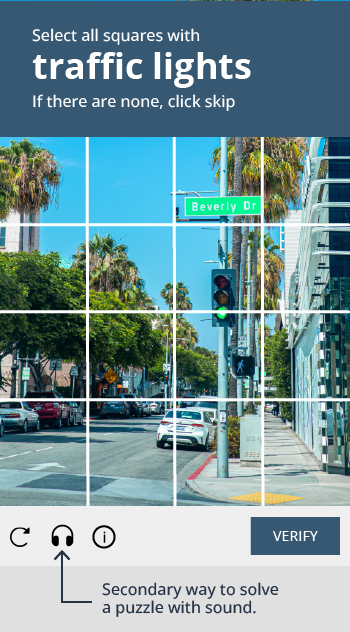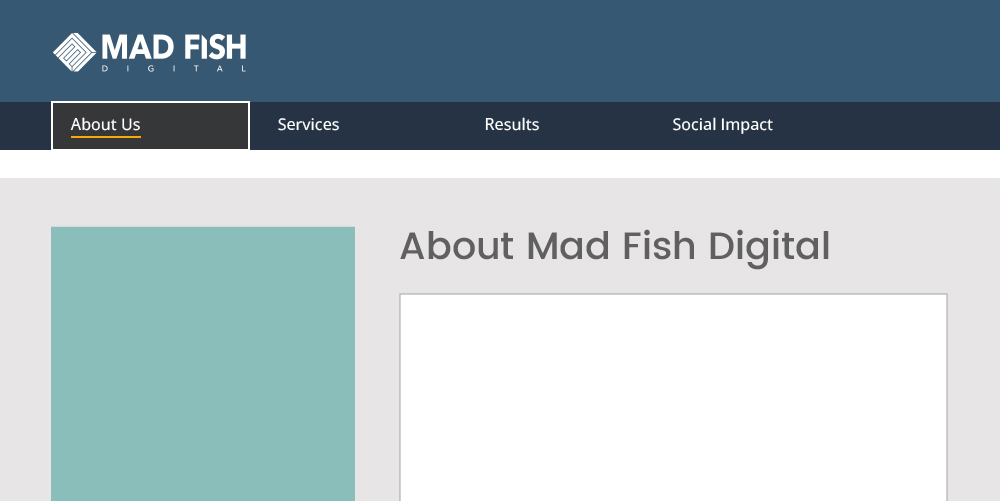This year there has been a surge in legal actions pertaining to non-compliance with website accessibility standards. Anticipated to reach approximately 4,200 cases, this figure does not encompass the numerous cease and desist notices being issued to brands. Notably, 82% of these lawsuits are within the realm of e-commerce.
In October 2023, the Accessibility Guidelines Working Group introduced WCAG 2.2 as the updated benchmark for accessibility standards. While your site may have adhered to WCAG guidelines before, the new release introduces nine additional requirements that warrant attention and implementation. Embracing these standards is pivotal in ensuring inclusivity and avoiding potential legal ramifications.
What’s new in WCAG 2.2?
In the past, updates to the WCAG versions have been generally minor with an update or two. This new version is one of the largest updates we’ve seen in the past few years. This version focuses on two of the four principles, operable and understandable.
Operable Accessibility
“Operable” refers to the principle that web content and functionality should be designed in a way that allows users to effectively navigate and interact with a website using a variety of methods and technologies; keyboards, voice commands, screen readers, or other assistive devices.
Understandable Accessibility
“Understandable” refers to the principle that web content should be presented clearly and straightforwardly, allowing all users, including those with disabilities, to easily comprehend and navigate the information. It is aimed at simplifying language, providing clear instructions, organizing content logically, and offering meaningful alternatives for complex or difficult-to-understand materials.
Essentially, both of these principles emphasize creating an environment where users can easily perceive, understand, and interact with your website.
Here’s what you need to know about WCAG 2.2
For the full list of details and examples, take a look at w3.orgs full list of updates, but to break this out into easy-to-understand language here is what changed.
Guideline 2.4 Navigable
- 2.4.11 Focus Not Obscured: When users are using a keyboard to navigate, the focus area should be at least partially visible. This is a minimum requirement.
- 2.4.12 Focus Not Obscured: If you want to be fully accessible, but isn’t necessary, then the focus area should be fully visible.
- 2.4.13 Focus Appearance: Keyboard focus areas should be at least 2 pixels thick and have a contrast ratio of 3:1 between the focused and unfocused areas.
Guideline 2.5 Input Modalities
- 2.5.7 Dragging Movements: Not all users can click and drag, for any action that involves dragging, provide a pointer alternative.
- 2.5.8 Target Size (Minimum): Not all users can click a target (link, button, etc), to meet guidelines ensure all targets meet a minimum size or have space around them. See the full list of target requirements.
Guideline 3.2 Predictable
- 3.2.6 Consistent Help (A): If you have a help button on your website, ensure it is in the same place if it’s on multiple pages.
 Guideline 3.3 Input Assistance
Guideline 3.3 Input Assistance
- 3.3.7 Redundant Entry: Do not ask a user to enter the same information twice, some users with cognitive disabilities have difficulty remembering what they entered before.
- 3.3.8 Accessible Authentication: Don’t make a user solve a problem, recall, or transcribe something to log in, for example, having to enter your email address on two pages.
- 3.3.9 Accessible Authentication: Don’t make people recognize objects or user-supplied images and media to log in, if your users need to solve a puzzle to log in have an alternative way to log in.
Where to start to be WCAG 2.2 compliant
Each website has its unique characteristics and yours might not require updates if specific actions aren’t in use. Currently, some tools aid in auditing for accessibility, but there is still a manual review that needs to be done. To know if you are making the requirements to the new WCAG 2.2 standards teams need to assess each page to determine its current accessibility status regarding these updated guidelines. Should you need guidance on where to begin, our team offers a wide variety of accessibility audits.
Ensure Your Website is WCAG 2.2 Compliant
Are you interested in enhancing the accessibility of your website? Our technical SEO and design agency is ready to assist you in reaching your business objectives. We recognize the individuality of each company, which is why we provide customized digital marketing, design, and SEO solutions that cater to your specific requirements.
Contact our team today!


